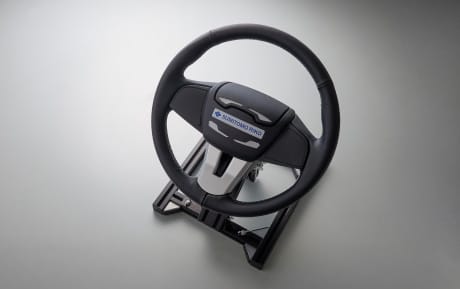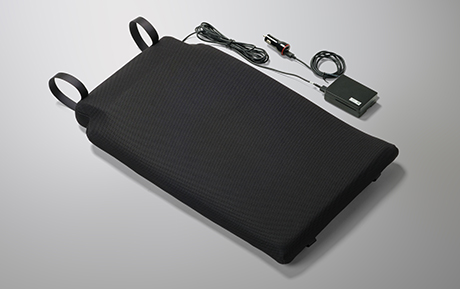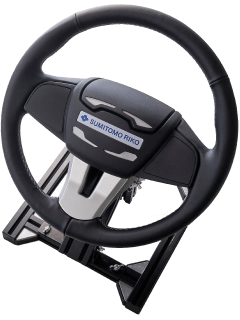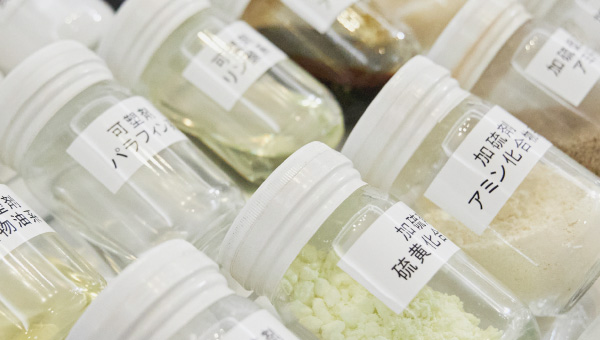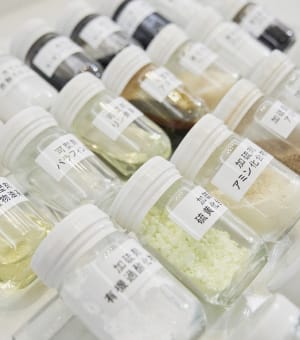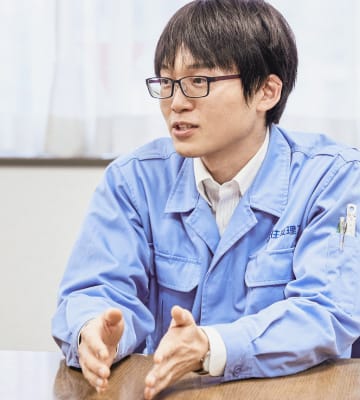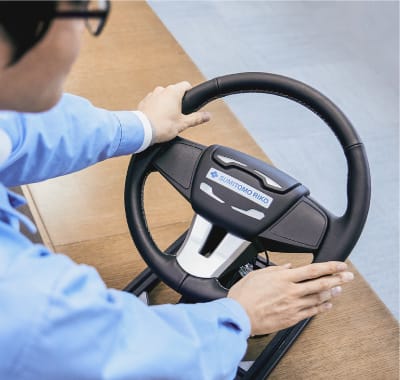We aim to create an accurate sensor that keeps up with changes in the environment.
The steering touch sensor technology is essential to development of the first CASE field, “Autonomous: Autonomous Driving”. It is necessary for drivers to hold the steering wheel when certain conditions have not been met or at times of emergency, particularly during Autonomous driving level 2-3. At such time, the sensor detects whether or not the driver is holding the steering wheel and the positioning. It has an important role in supporting the safe transition from Autonomous driving and manual driving.
During the trial development period, this technology had already been partially adopted in other countries. After benchmarking products from other countries, we determined that there were issues with the onboard sensor. As the sensor is extremely sensitive, when installed in the vehicle, the material used for steering experiences slight changes due to environmental conditions such as the temperature inside and outside the vehicle, and this has an impact on its performance. Consequently, it is very difficult to maintain performance in all conditions. For example, it becomes even more difficult when there are extreme changes in temperature and rainfall. Our challenge is now to clear all these conditions.


